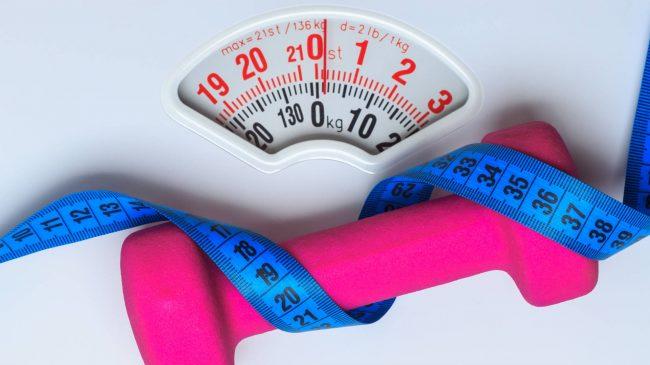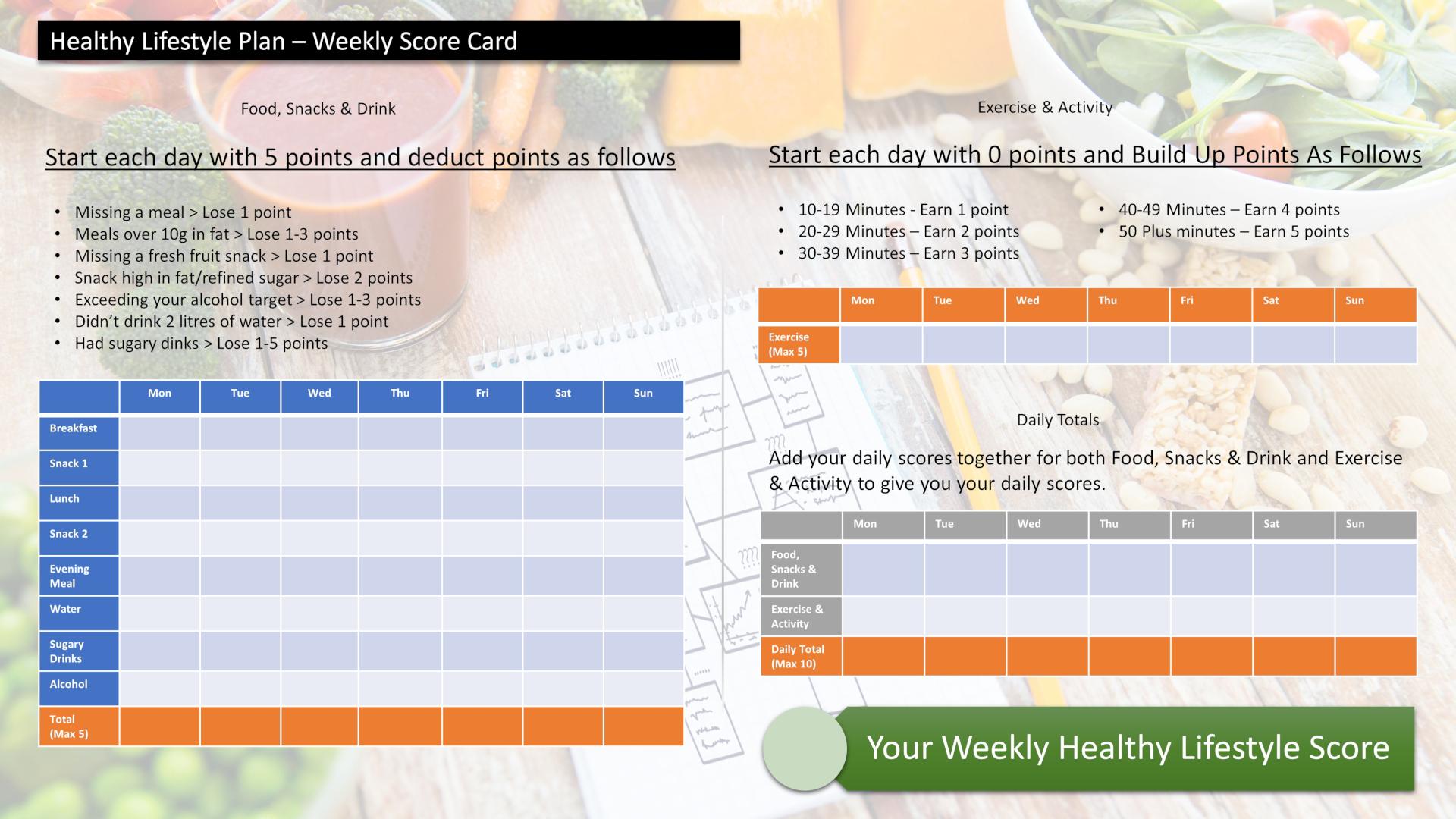Apologies – our weights & measurements tool is currently being upgraded to work with our new website theme so we’ve included the manual way to calculate these measurements. The tool will be back online soon. Thank you for your patience.
Your first step to find out if you are at a healthy weight is to determine your Body Mass Index (BMI), Waist circumference or your waist to hip ratio. These measurements will give you a good indication as to whether you are at a healthy weight.
Measure Your BMI
A simplified definition of being overweight and obesity is having too much body fat presenting a risk to your health.
To determine whether a person has too much body fat one can calculate the ratio of their weight to their height squared. This ratio, is called the body mass index (BMI).
BMI is not a perfect measure, because it does not directly assess body fat. Muscle and bone are denser than fat, so an athlete or muscular person may have a high BMI, yet not have too much fat. But most people are not athletes, and for most people, BMI is a very good gauge of their level of body fat. The number will indicate if a person is normal weight, underweight, overweight, or obese.
A body mass index (BMI) above the healthy weight range can increase your risk of serious health problems, like heart disease, type 2 diabetes, stroke and certain cancers. Being underweight could be a sign that you’re not eating enough or that you may be ill.
To measure your BMI, multiply your weight (in pounds) by 703, then divide by your height (in inches) twice:
weight (lbs.) × 703 / height (inches) / height (inches)
As a general rule of thumb
< 18.5 underweight 18.5 – 24.9 normal weight 25.0 – 29.9 overweight > 30.0 obese
It’s important to remember that your BMI is only one measure of your health. A person who is not at a “normal” weight according to BMI measurement may be healthy if he or she has healthy eating habits and exercises regularly. People who are thin but don’t exercise or eat nutritious foods aren’t necessarily healthy just because they are thin.
What’s your BMI?
Measure Your Waist Circumference
Although waist circumference and BMI are interrelated, waist circumference provides an independent prediction of risk over and above that of BMI. Measuring your waist can help you find out how much fat you have stored around your belly. Measure your waist with a tape measure. The tape should fit snugly but not press into your skin.
For your best health, your waist should measure:
Less than 40 in. (102 cm) for men.
Less than 35 in. (88 cm) for women.
What’s your waist size?
Measure Your Waist-To-Hip Ratio
Your waist to hip ratio estimates the fat distribution in your body. A relative excess of fat around your waist appears to increase your risk of developing one or more chronic diseases or conditions such as heart disease and diabetes.
Follow these steps to figure out your waist-to-hip ratio.
1. Use a ninety-six-inch tape measure.
2. Stand relaxed. Measure your waist circumference at the narrowest point between your ribs and hips after exhaling
3. Measure your hip circumference at the largest part at the point where the buttocks are most extended when viewed from the side.
4. Divide your waist measurement by your hip measurement.
Health Risk Men Women
High Risk >1.0 >0.85
Moderately High Risk 0.90–1.0 0.80–0.85
Low Risk
Score Your Way To Good Health - With Our Healthy Lifestyle Plan
Score your way to good health with our healthy lifestyle plan and it's unique 70 point weekly scorecard!



